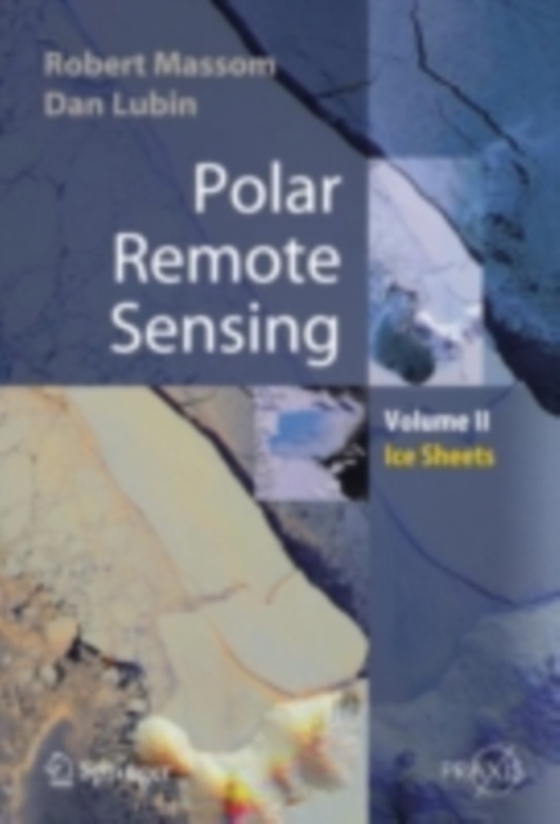
Polar Remote Sensing e-bog
2921,57 DKK
(inkl. moms 3651,96 DKK)
Volume 2 is a companion to Volume 1. It is a comprehensive description of satellite remote sensing applications to all aspects of polar glaciology, including not only ice sheets but also icebergs and interactions between ice sheets and the atmosphere and the ocean. It also includes a chapter on the important new field of satellite synthetic-aperture rader interfermetry. There should be somethin...
E-bog
2921,57 DKK
Forlag
Springer
Udgivet
31 august 2006
Genrer
Applied physics
Sprog
English
Format
pdf
Beskyttelse
LCP
ISBN
9783540305651
Volume 2 is a companion to Volume 1. It is a comprehensive description of satellite remote sensing applications to all aspects of polar glaciology, including not only ice sheets but also icebergs and interactions between ice sheets and the atmosphere and the ocean. It also includes a chapter on the important new field of satellite synthetic-aperture rader interfermetry. There should be something of interest to most polar researchers and those interested in climate research. As in Volume 1, Volume 2 includes a review of the current state of each discipline, including current questions and issues and related suggestions for research applications of satellite remote sensing. There are many satellite remote sensing texts available, but very few are specifically tailored to, or even contain significant information on the Earth's polar regions. The text is sufficiently comprehensive to summarize fundamental principles of detectors, imaging and geophysical product retrieval, in three dedicated chapters. In effect, the text serves as much as possible as a "e;one stop shop"e; for polar remote sensing information. As with Volume 1, the book is extensively referenced, and in an up-to-date fashion. In addition to purely scientific applications, the book also discusses practical and operational issues, such as how polar satellite data can be obtained and how they can be used in expedition planning and logistics.This book is up to date, covering applications of both "e;heritage"e; (multi-decadal) remote sensing time series, and new applications from NASA Earth Observing System and similar sensors launched since the year 2000. It also covers future missions.
 Dansk
Dansk

